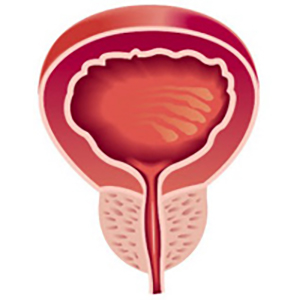Is Holmium Laser Enucleation of Prostate equally effective in management of benign prostatic hyperplasia patients with either voiding or storage lower urinary tract symptoms? A comparative study

Accepted: May 14, 2022
All claims expressed in this article are solely those of the authors and do not necessarily represent those of their affiliated organizations, or those of the publisher, the editors and the reviewers. Any product that may be evaluated in this article or claim that may be made by its manufacturer is not guaranteed or endorsed by the publisher.
Authors
Objective: To evaluate and compare the effectiveness and safety of holmium laser enucleation of prostate (HoLEP) in relieving either voiding or storage lower urinary tract symptoms (LUTS) in benign prostatic hyperplasia (BPH) patients. Materials and methods: The charts of patients with BPH who underwent HoLEP for either predominant voiding or predominant storage LUTS at University of Cincinnati hospitals in the period between February 2015 and December 2020 were retrospectively reviewed and analyzed for changes in voiding symptomatology, storage symptomatology, hematuria, International Prostate Symptom Score (IPSS), peak flow rates (Qmax), presence of detrusor overactivity (DO), and post-voiding residual urine (PVR) from baseline to up to 6 months postoperatively. Results: A total of 132 patients were included in the analysis. Patients were divided into two groups: Group 1 included BPH patients with predominant voiding LUTS (68 Patients) while group 2 involved those with predominant storage LUTS (64 Patients). HoLEP was equally effective in management of both groups with significant improvement in urodynamics study (UDS) parameters, patient voiding and storage symptomatology, and IPSS from preoperatively to up to 6 months postoperatively with relatively low procedure complication rate and postoperative need for medication or procedure. Conclusions: HoLEP is a safe, effective, and reliable minimally invasive surgical modality that can be relied on for BPH patients with either predominant voiding or predominant storage symptoms with relatively low procedure complicat
How to Cite
PAGEPress has chosen to apply the Creative Commons Attribution NonCommercial 4.0 International License (CC BY-NC 4.0) to all manuscripts to be published.

 https://doi.org/10.4081/aiua.2022.2.174
https://doi.org/10.4081/aiua.2022.2.174



